



Google Ads is one of the popular google marketing tools to generate more clicks and acquire new customers. Google Ads helps you drive relevant traffic, increase your in-store visits and generate more inquiries. This paid advertising platform allows you to create Ads and target the right audience via both desktop and mobile. With Google Ads, your brand will appear on search engine results pages (SERPs) whenever your customers use Google search engine to find services and products like yours. You can easily analyze and customize your Google Ads to reach all your paid campaign goals effectively. Several features of Google Ads allow you to manage your monthly pay per click (PPC) budget.
In this blog, you will learn:
> Bidding Strategies of Google Ads
> Why your Google Ads are underforming?
A. Google Ads Terms: Following are the terms that can help you execute an effective Ad campaign and optimize your Google advertisements:
Click Through Rate (CTR): The number of clicks received by your Ad divided by the number of times your Ad is shown is termed as 'CTR'. An Ad with a higher CTR targets relevant keywords and matches search intent.
Extensions: You can add more information (at free of cost) to your Ads using Extensions. Different types of extensions are Structured Snippet, Callout, Sitelink, Call, Location, Price, Affiliate Location, Price, App and Lead from Extension (New).
Campaign Type: Following are the campaign types for you to select before you execute an AdWords campaign:
Search: Text ads that are displayed on Google's search engine results pages (SERPs).
Display: Helps you show image-based Ads on web pages within Google Display Network (GDN).
Video: Reach and engage viewers on YouTube through video Ads.
Shopping: Promote your products with Shopping Ads.
Smart: Create automated Ads on Google platform and reach your business goals.
Discovery: Run Ads on Discover, GMAIL, YouTube and more.
Quality Score: The main components that determine Quality Score are landing page experience, Ad relevance and expected click through rate. Quality Score is considered an important factor to calculate your AdRank.
Conversion Rate (CVR): Measure your sales or leads to calculating the conversion rate. A high CVR indicates that your landing page offers a great user experience and it correlates with an Ad.
AdRank: Multiply your Quality Score by your maximum bid to determine the AdRank. You can expect a higher probability of Ad clicks if your AdRank has a higher value.
Bidding: Use the bidding system of Google Ads to set up the maximum amount that you want to pay for your Ad click. Better Ad placement is possible with higher bidding. Following are the different types of bidding:
Cost per Acquisition (CPA): Optimize your conversions with this type of conversion strategy. Digital Marketing Boy suggests you know your acquisition costs for an effective target CPA bidding.
Return on Ad Spend (ROAS): Maximize your conversion value based on the target ROAS.
Maximize Conversions: Set the maximum daily budget and Google search engine will use it to get the most conversions.
Enhanced Cost Per Click (ECPC): This type of smart bidding allows Google to decrease or increase your bid amount for more conversions.
Maximize Clicks: An automatic bidding strategy drives the most clicks with your daily budget.
Manual CPC Bidding: In this type of bidding, you set bids on your own and there is more control over your bidding strategy.
Cost per Thousand Impressions (CPM): This bidding option is solely based on impressions and used for the display and YouTube campaigns (TrueView).
Cost per Thousand Viewable Impressions (vCPM): Sets your maximum costs on your viewable thousand impressions.
Cost per View (CPV): You pay for video views if you use CPV bidding. In this option, someone watched thirty seconds of your Ad is counted as a view.
Target Impression Share: Digital Marketing Boy would like you to use this option if you want to build better brand awareness. Make sure your target impression share is 80% for your Ads to show up 80% of the time on search engine results pages (SERPs).
Display Network: Google Display Network (GDN) allows advertisers to place their Google Ads (image or text-based) on a network of advertising-supported websites.
B. Google Ads Set Up: It is easy to set up your pay per click (PPC) campaigns because Google Ads platform takes you through several steps for the execution of campaigns. Visit https://ads.google.com/, click the 'Start Now' button (in the top right corner of the page) and follow the steps to get your Ads up and running. Following are the important things that you need to consider once your Google Ads are successfully created:
UTM Codes: You can effectively optimize your Google Ads if you use Urchin Tracking Module (UTM) codes. A UTM code is the part of URL that follows a '?' and helps you track the source, campaign or Ad that led to a conversion. UTM codes can be added at the campaign level (Google Ads platform) or Ad level (with UTM builder of Google).
Link your Analytics to Google Ads: Analyzing data, tracking and reporting becomes much easier whenever you link these accounts.
Tracking of Conversions: This thing allows you to track website sales, leads, calls from your Ads and leads. Accurately measure the ROI of your Ads by setting up conversion tracking.
Google Ads and CRM Integration: Helps you to manage leads and keep all your data in one place. You can also track the performance of your Ad campaigns.
C. Bidding Strategies of Google Ads: Digital Marketing Boy suggests you start bidding once you create Google Ad campaigns and set up tracking for analysis. Following are the strategies available for keywords bidding:
Manual Bidding: You can reduce the spending of your low performing Ads by changing the bid amounts manually for your keywords and Ad Groups.
Automated Bidding: In this option, your bid is adjusted by Google's algorithm as per your competition. You can still set the maximum CPC bid and allow Google to optimize the campaigns for you.
D. Google Ads Working: This Google marketing tool allows you to target customers who are interested in your service or product. The search engine results pages (SERPs), websites partnered with Google or YouTube videos display the winners of the bid (depending on the Ad campaign). Following are the areas to improve the performance of your Google Ads:
Ad Copy: The headline and description of an Ad copy make searchers click on your Ad. Thus, these are the important elements (including target keywords) that need to be considered whenever you create an Ad. A copy of your advertisement helps you maximize the clicks, but you need to optimize your landing page for improvement in conversion rate.
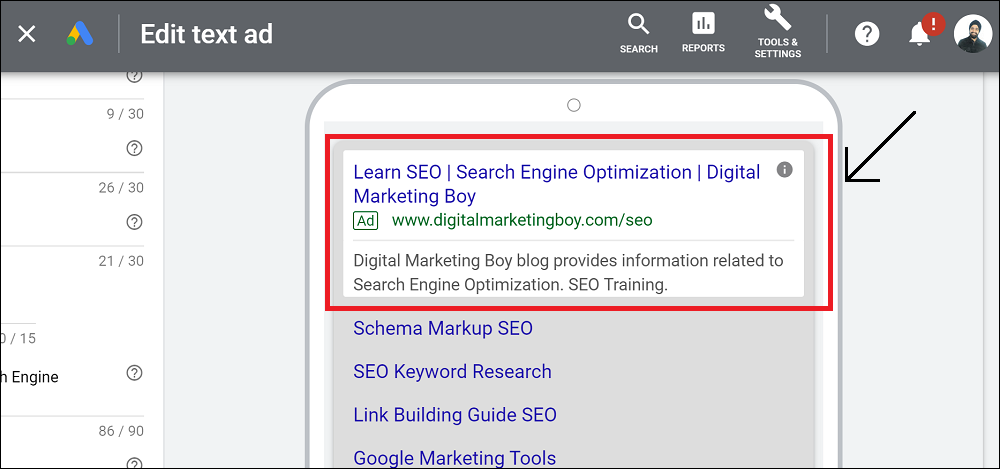
Ad Extensions: Provision of additional information and better Ad engagement are the benefits of using Ad extensions in your Google Ads. Following are the types of extensions:
Sitelink: Use Sitelink extension for the addition of more web page links to your Google Ads. This will help you receive more clicks from your Ad campaigns.
Call: Include a phone number in your Google Ads so that users can easily reach out to you.
Location: If your business has several stores then you should consider 'Location' extension (include address and opening hours). Searchers can easily find your business through the map provided by Google search engine.
Price: Show prices of your products or services.
Promotion: Apply this extension for the display of your product offers to searchers.
App: Mobile users can easily download your App because an 'App' extension allows you to add App link to your Google Ads.
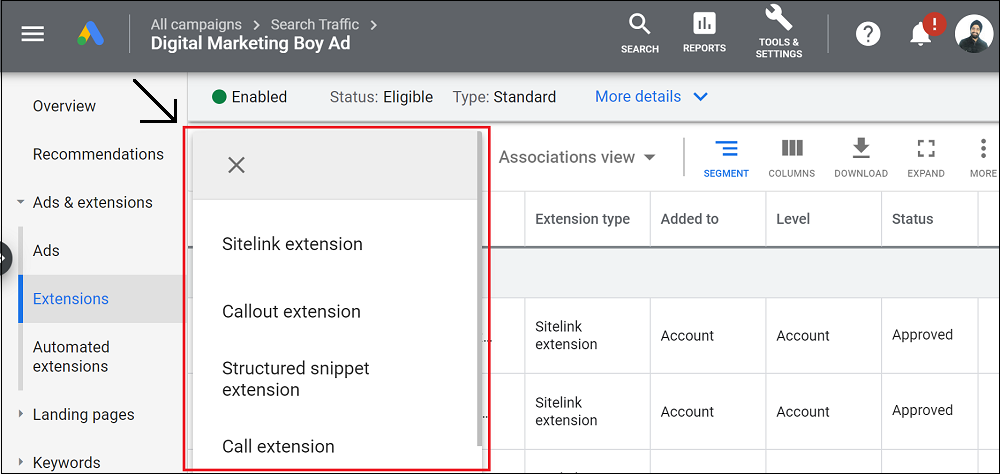
Remarketing: Advertise Ads to audiences who have not yet converted but have previously engaged with your products or services. In remarketing, tracking cookies are used to target the prospects with your Ads.
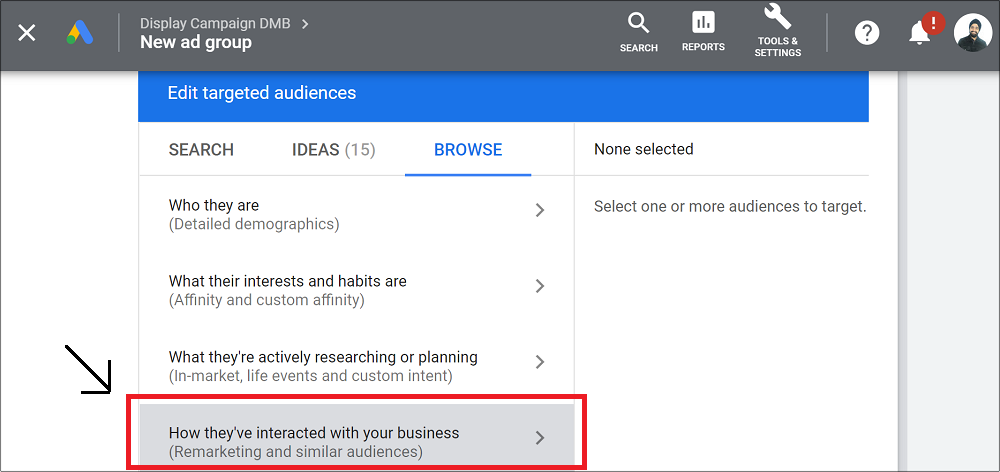
Keyword Research: A crucial step to be considered before setting up your pay per click (PPC) campaigns. Your Ads will display on Google search engine based on relevant keywords selected by you. Make sure you research your keywords to match the intent of searchers.
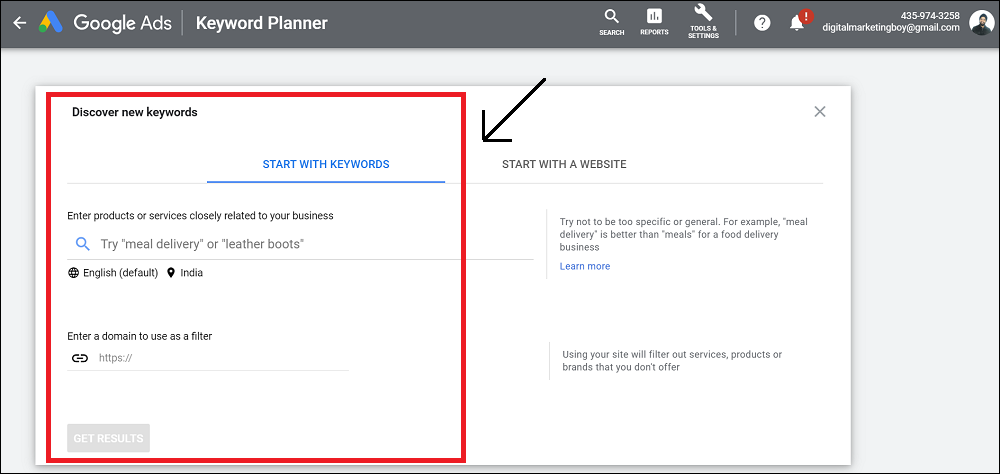
Campaign and Ad Types: Analyze your market, target audience and then select an appropriate campaign (search, video, display, shopping, smart or discovery) and Ad type (text or responsive).
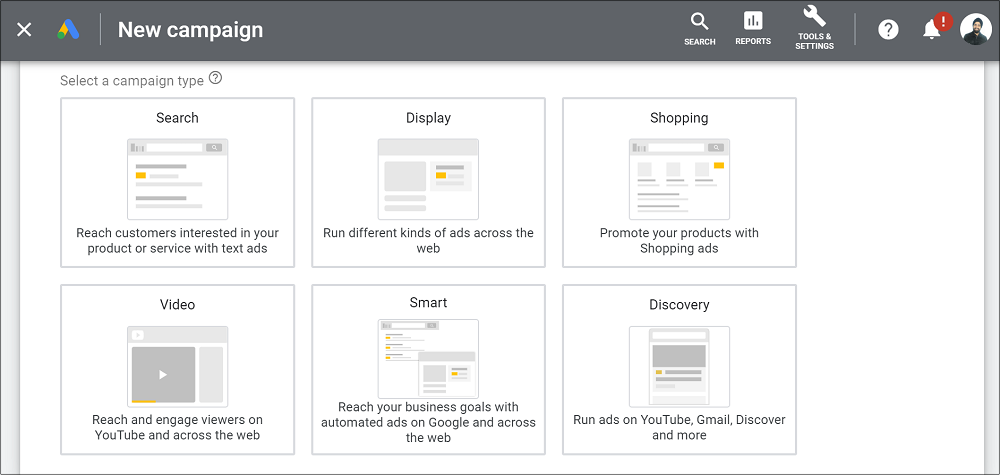
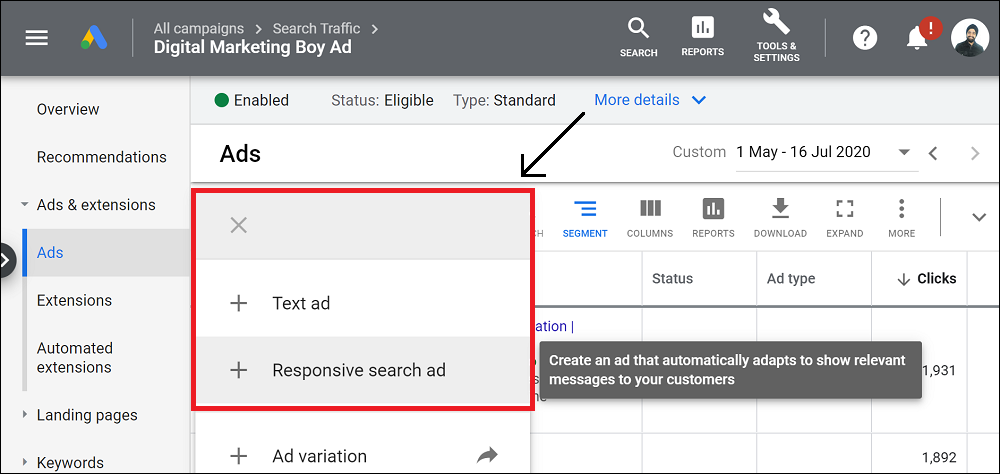
Locations: Digital Marketing Boy would like you to select a geographical place accurately if you are advertising the storefront of your business.
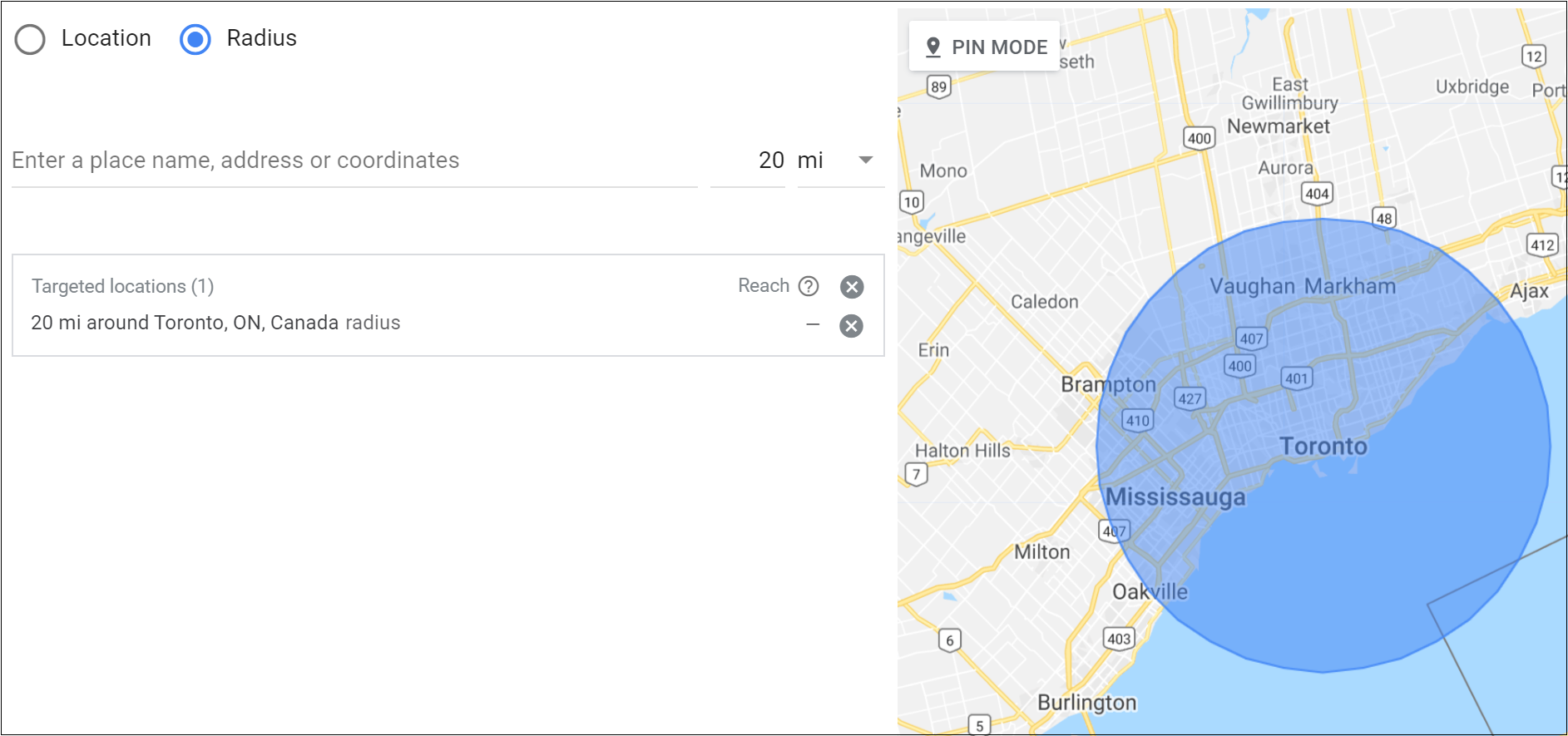
Match Types: You should apply any one of the following match types to each keyword once you complete the keyword research process:
Broad Match: Use this match type to reach the widest audience possible. Any word within your keyword phrase is used by Google to display your Ads.
Phrase Match: In this type, the Google algorithm will consider all the queries that include words before or after the keyword (exact order) searched by the user.
Exact Match: The exact order of keywords will only trigger the Google Ads.
Modified Broad Match: A plus '+' sign allows you to lock in words within a keyword. For a keyword '+search +engine optimization', Google will display Ads for several combinations such as 'search engine seo', 'search engine google', 'search engine optimization' and more.
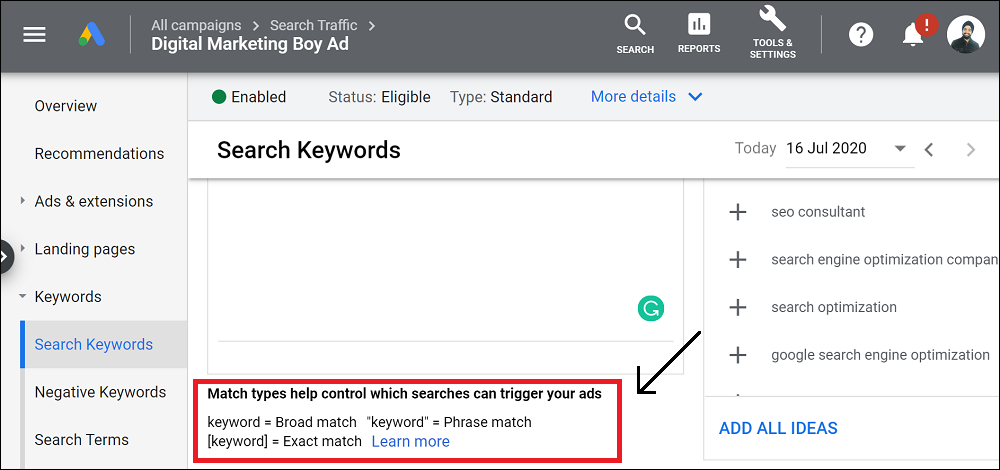
Quality Score and AdRank: Digital Marketing Boy suggests you concentrate on optimizing quality score (QS). An increase in quality score helps you to improve AdRank and lower your acquisition costs.
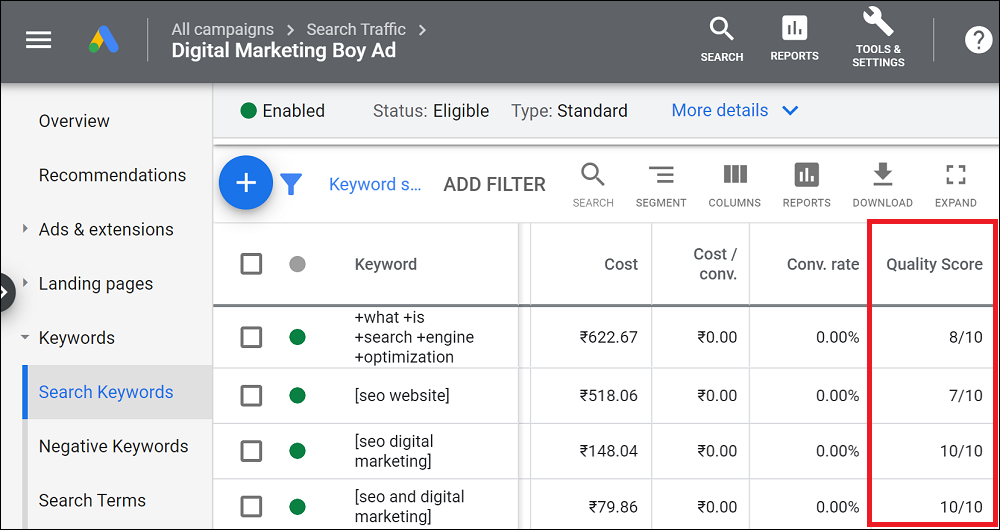
E. Why your Google Ads are underperforming?: Never give up if your Google Ads are not performing. Following are the possible reasons why you are unsuccessful:
Irrelevant Ads: Make sure that the description and headline of your Ad copy correlate with the keywords you are bidding on. Your Ad will receive few clicks if it does not match the search intent of users. The best option is to create multiple Ads per campaign or use responsive search Ad type.
Low Quality Landing Page: Once the users click on your Ad, the landing page is equally important to convert them. Implement best practices of landing page and improve your conversion rate.
Improper Keyword Match Type: Review your keywords strategy whenever you optimize your Google Ad campaigns. Your Ads may be shown to the wrong audience if you use 'Broad' (keywords are too broad) match type. Regularly tweak the keywords for the best adjustment of your Ads with your target audience.
Low Quality Score: Observe the quality score on Google Ads platform and improve it for better Ad placements.
F. Tools and Settings: Access several tools and settings of Google Ads for monitoring and making changes to your keywords, Ad groups, Ads and accounts.
Billing: You can view the summary of your payments, transactions and settings. 'Billing' section allows you to download tax invoices and add promotional codes to your Google Ads account.
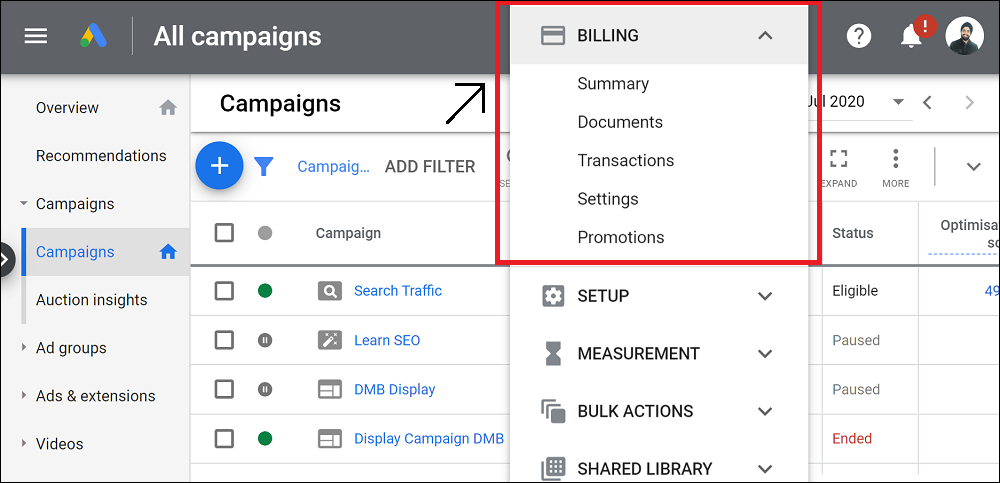
SetUp: Features of 'SetUp' section are linked accounts, business data, policy manager, google merchant center, preferences, access and security.
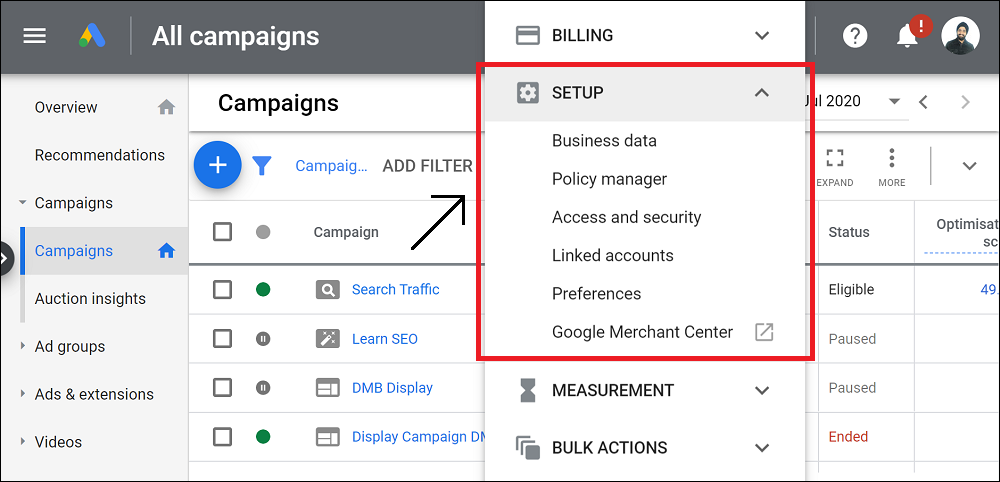
Measurement: Analyze your conversions, attribution and visit your Google Analytics account from the 'Measurement' section.
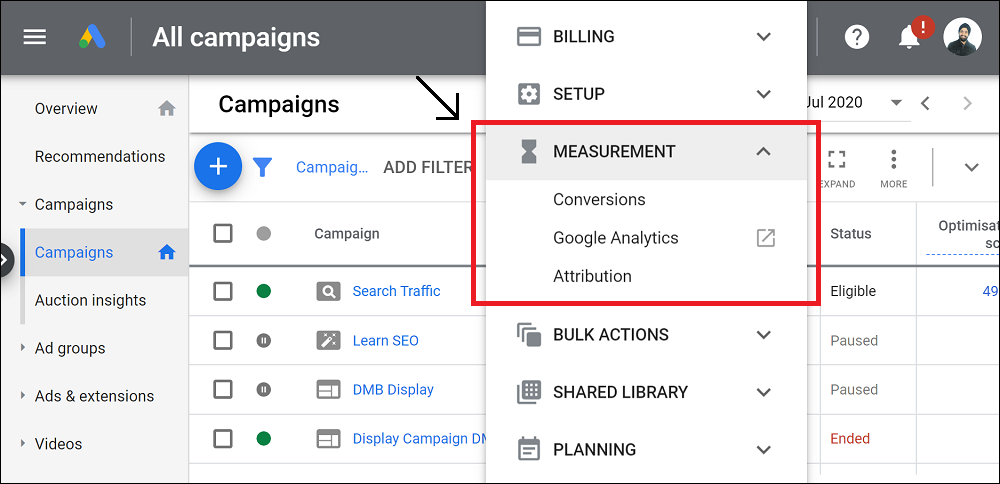
Bulk Actions: Define rules and write scripts to apply a function with one click. Use 'Uploads' for the modifications to campaigns, Ad groups, Ads and product groups in your Google Ads account.
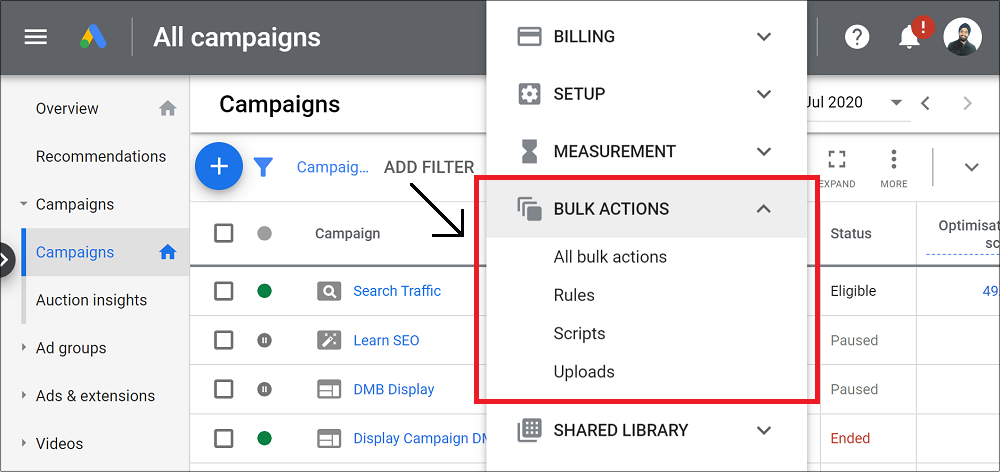
Shared Library: Define your audiences for remarketing and view all your bid strategies. You can easily monitor the negative keywords list, shared budgets, location groups and placement exclusion lists.
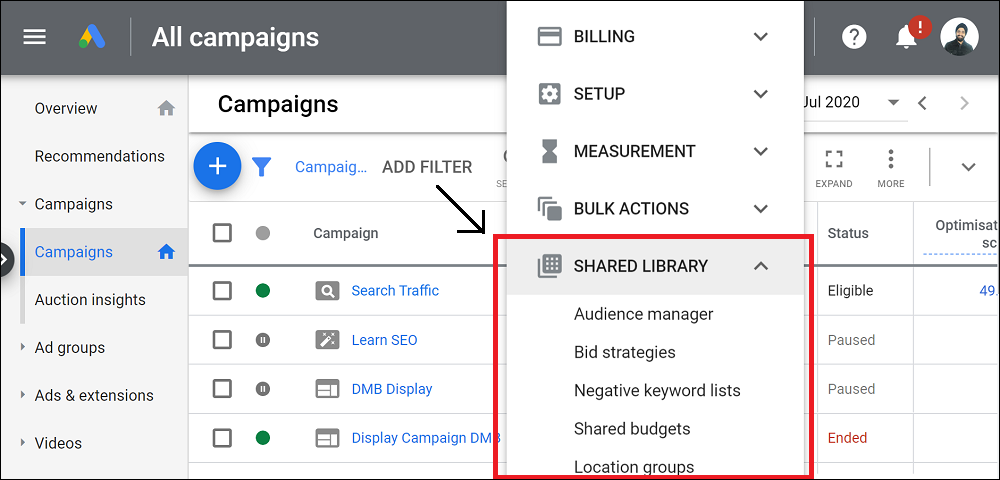
Planning: Performance, Keyword and Reach are different types of planners that can be used in this section. 'Ad Preview and Diagnostic Tool' allows you to preview a Google search results page to see if your Ads appear.
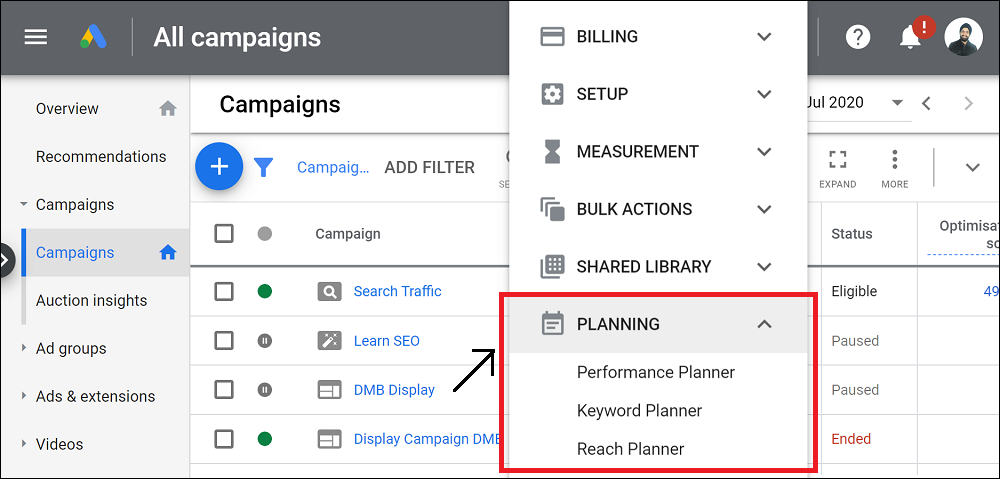
Read our blogs 'Useful PPC Tactics' and 'Essential Guide to Local PPC' to make your paid campaigns more successful. Digital Marketing Boy suggests you create predefined reports (based on dimensions) for an in-depth analysis of your Google advertising campaigns. Google Ads should always be included in your paid strategy because it helps you drive clicks and quality leads.


Learn how to get the most out of this awesome free tool.
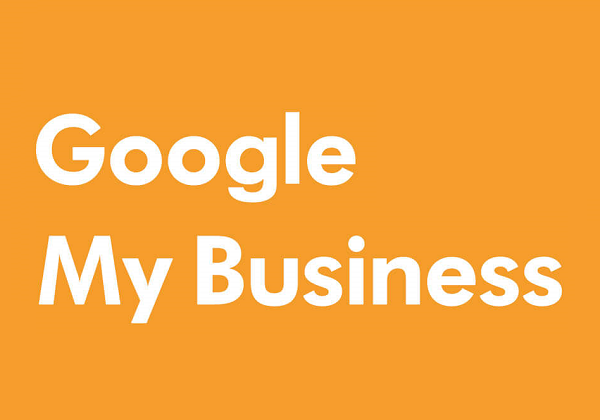
Google My Business is a free and powerful tool for local businesses.
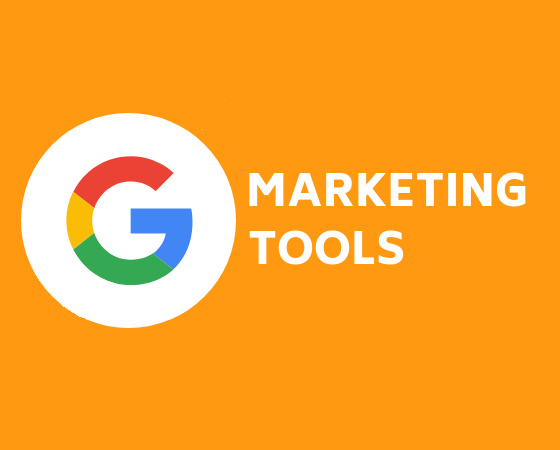
Discover some of the most reliable Google marketing tools for your business.